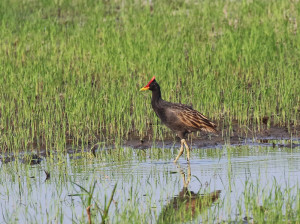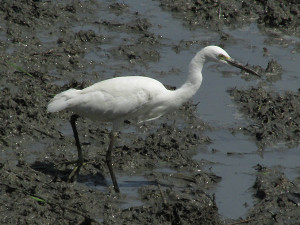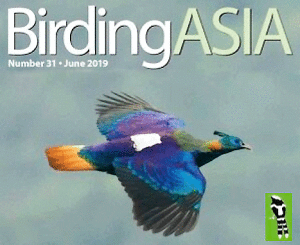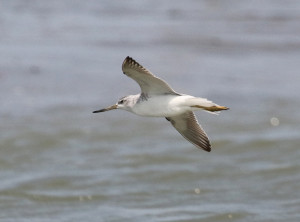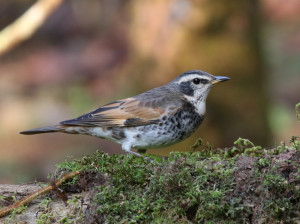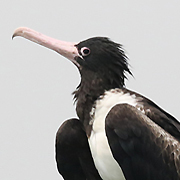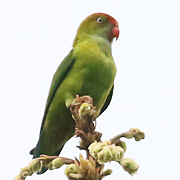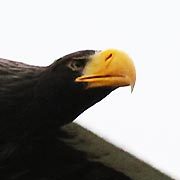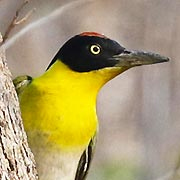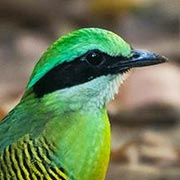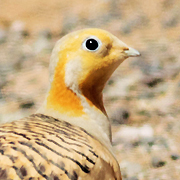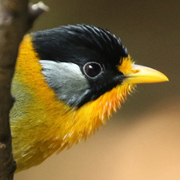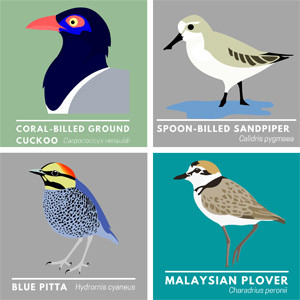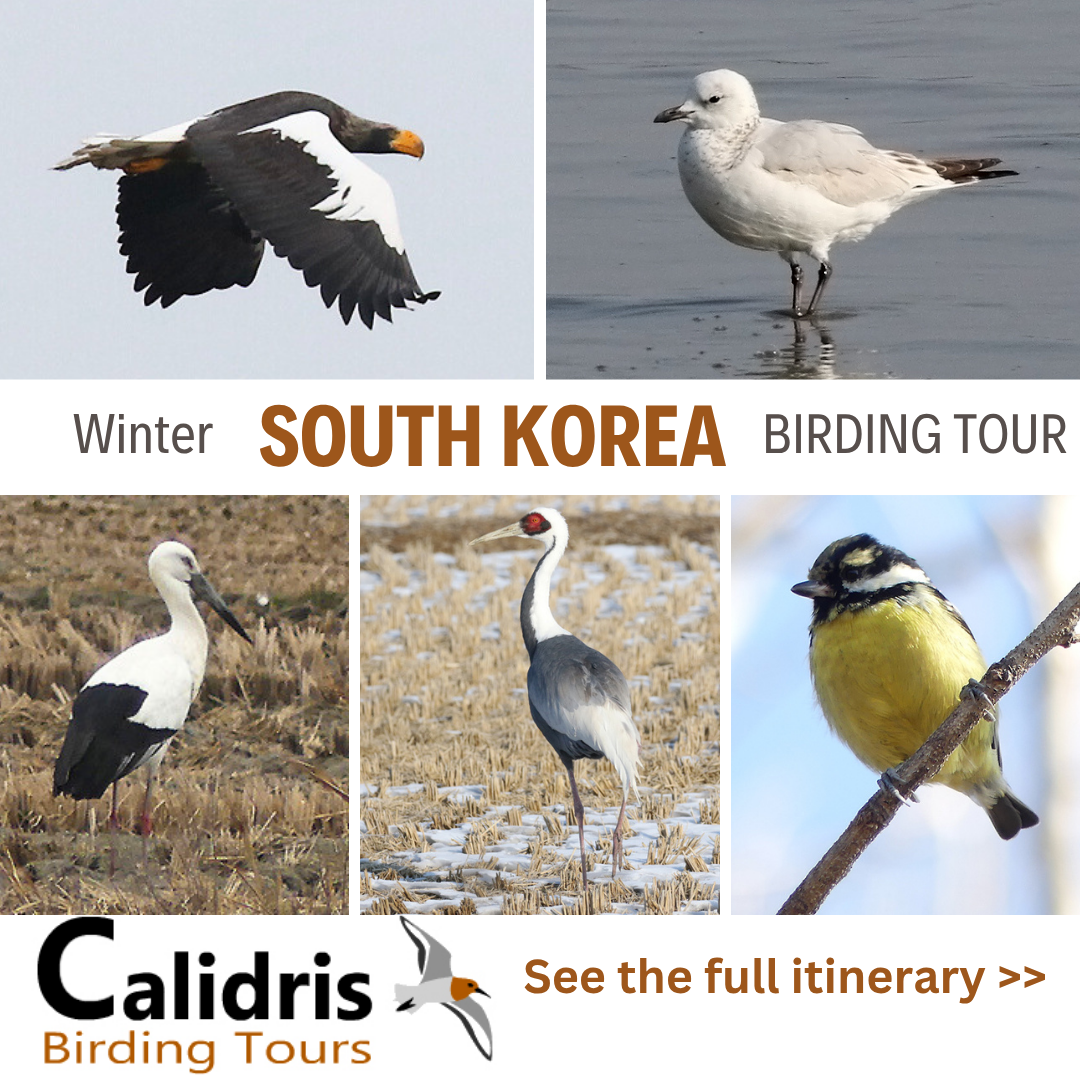Recently I have been visiting birdwatching sites that I have either never been to before or visit very seldom. While it is always nice to go to well-known birding locations where certain key species are know to be found, I also enjoy going to relatively unknown sites and seeing what can be found. In this frame of mind I made the journey from home in Bangkok to Nakhon Pathom province, a trip of just over an hour, to a location I visited for the first time earlier this year, having discovered it while browsing eBird hotspots; Bang Khaem Fishponds.
This is a rather odd area, a collection of ponds surrounded by dry, barren patches of land and the odd copse of trees. Perhaps the weirdest part of the site is an area that is used for dumping the stones/pits of mangoes that have obviously been prepared for sale. This general state of unkemptness makes it an area that is used by a lot of birds with quite a nice variety of species to be seen. Although few birdwatchers have visited this site it makes a nice morning of birdwatching from Bangkok.
I used my morning birding at Bang Khaem Fishponds to get some video footage to put together as a “virtual birding” trip as well as take some photographs and add a couple of species to my Nakhon Pathom province list! I have included the finished video here along with a collection of bird photos from the morning. Read more »


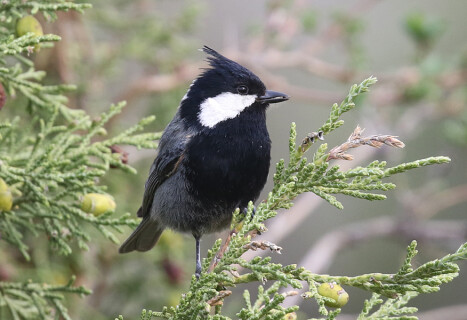
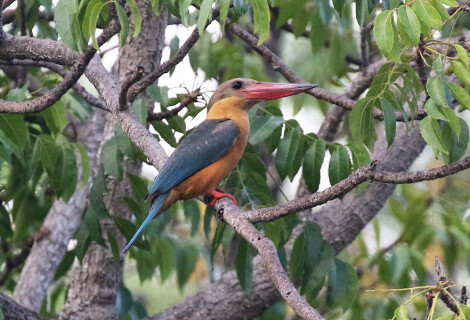
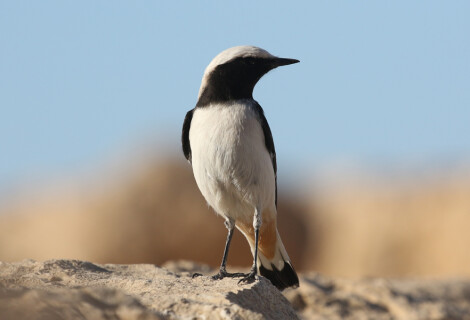
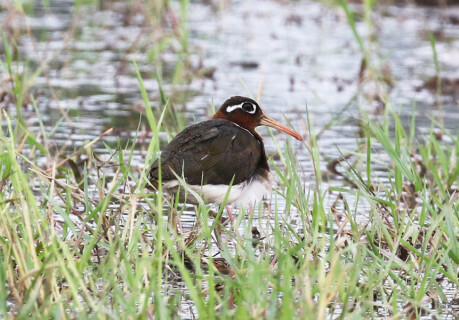
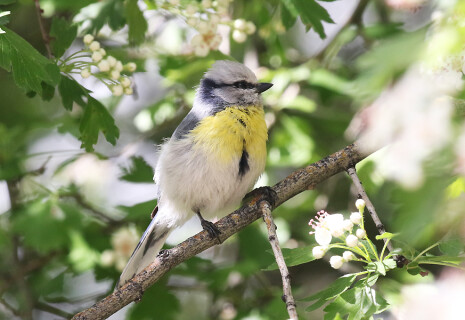
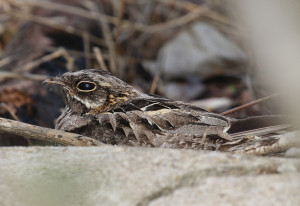
 June 5th, 2020
June 5th, 2020  Nick
Nick 